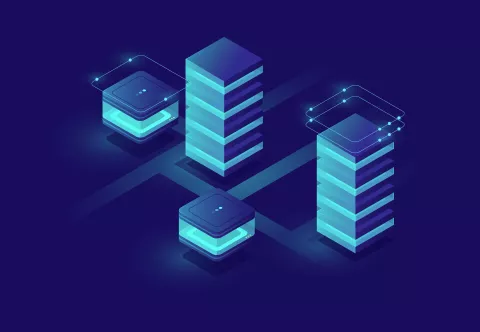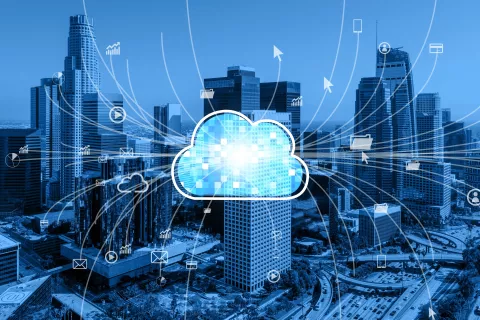In today’s cloud-first world, security is not optional — it’s a critical pillar of trust, compliance, and business continuity. SaaS providers host sensitive customer data, enable critical workflows, and operate across multiple jurisdictions, which makes them a prime target for cyberattacks. Implementing strong security measures is not just about protecting data — it’s about safeguarding your brand, avoiding costly breaches, and maintaining customer confidence.

1. Implement Strong Authentication and Access Controls
- Multi-Factor Authentication (MFA): Require MFA for all users, especially admins, to prevent unauthorized access.
- Role-Based Access Control (RBAC): Limit user access based on roles and responsibilities, minimizing exposure to sensitive systems.
- Single Sign-On (SSO): Simplify login management while ensuring secure authentication across multiple tools.
By controlling who can access what, SaaS providers reduce the risk of insider threats and credential-based attacks.
2. Encrypt Data In Transit and At Rest
Encryption is fundamental for protecting sensitive information:
- In transit: Use TLS/SSL to secure data moving between users and the cloud.
- At rest: Store data encrypted on servers to ensure it remains safe even if storage is compromised.
- Key management: Maintain strict controls over encryption keys and consider using Hardware Security Modules (HSMs) for added protection.
Encryption ensures that even in the unlikely event of a breach, data remains unreadable to attackers.
3. Regularly Update and Patch Systems
Software vulnerabilities are the leading cause of breaches. SaaS providers must:
- Apply patches promptly.
- Keep operating systems, libraries, and dependencies up to date.
- Automate vulnerability scanning to detect risks before they can be exploited.
Automated patch management helps maintain uptime while reducing the risk of known vulnerabilities.
4. Conduct Continuous Monitoring and Incident Response
Proactive monitoring is key to detecting threats early:
- Use SIEM (Security Information and Event Management) tools to log and analyze suspicious activity.
- Implement anomaly detection using AI-driven tools to identify unusual patterns.
- Develop a detailed incident response plan to quickly contain and mitigate breaches.
Rapid detection and response can prevent minor incidents from becoming catastrophic.
5. Backup and Disaster Recovery Planning
Data loss or downtime can cripple a SaaS business. Best practices include:
- Automated, regular backups stored in geographically separate locations.
- Periodic disaster recovery drills to ensure systems can be restored quickly.
- Redundant architecture to minimize downtime in case of hardware or network failures.
Robust backup strategies are essential for maintaining customer trust and regulatory compliance.
6. Ensure Compliance With Industry Standards
SaaS providers often deal with sensitive customer information that falls under regulations like:
- GDPR (Europe)
- CCPA (California)
- HIPAA (Healthcare)
- SOC 2 / ISO 27001
Compliance requires a combination of policy enforcement, documentation, and technical controls. SaaS providers should regularly audit systems and processes to stay aligned with these standards.
7. Educate Employees and Customers
Humans are often the weakest link in security. Providers should:
- Train employees on phishing, password hygiene, and secure coding practices.
- Offer guidance to customers about best practices for accessing and managing their accounts.
An informed user base dramatically reduces the likelihood of breaches caused by human error.
8. Adopt a Zero-Trust Approach
Zero-trust security assumes that no user, device, or network is inherently trusted. Key principles include:
- Continuous verification of users and devices.
- Least-privilege access for every action.
- Micro-segmentation of networks and resources.
Zero-trust architectures are increasingly becoming the gold standard for SaaS security.
In Conclusion
Security is an ongoing responsibility for SaaS providers — it’s not a one-time project. By combining technical measures, policies, and user education, providers can protect sensitive data, maintain compliance, and build trust with customers.
In the competitive SaaS market, robust security isn’t just a feature — it’s a business differentiator.


